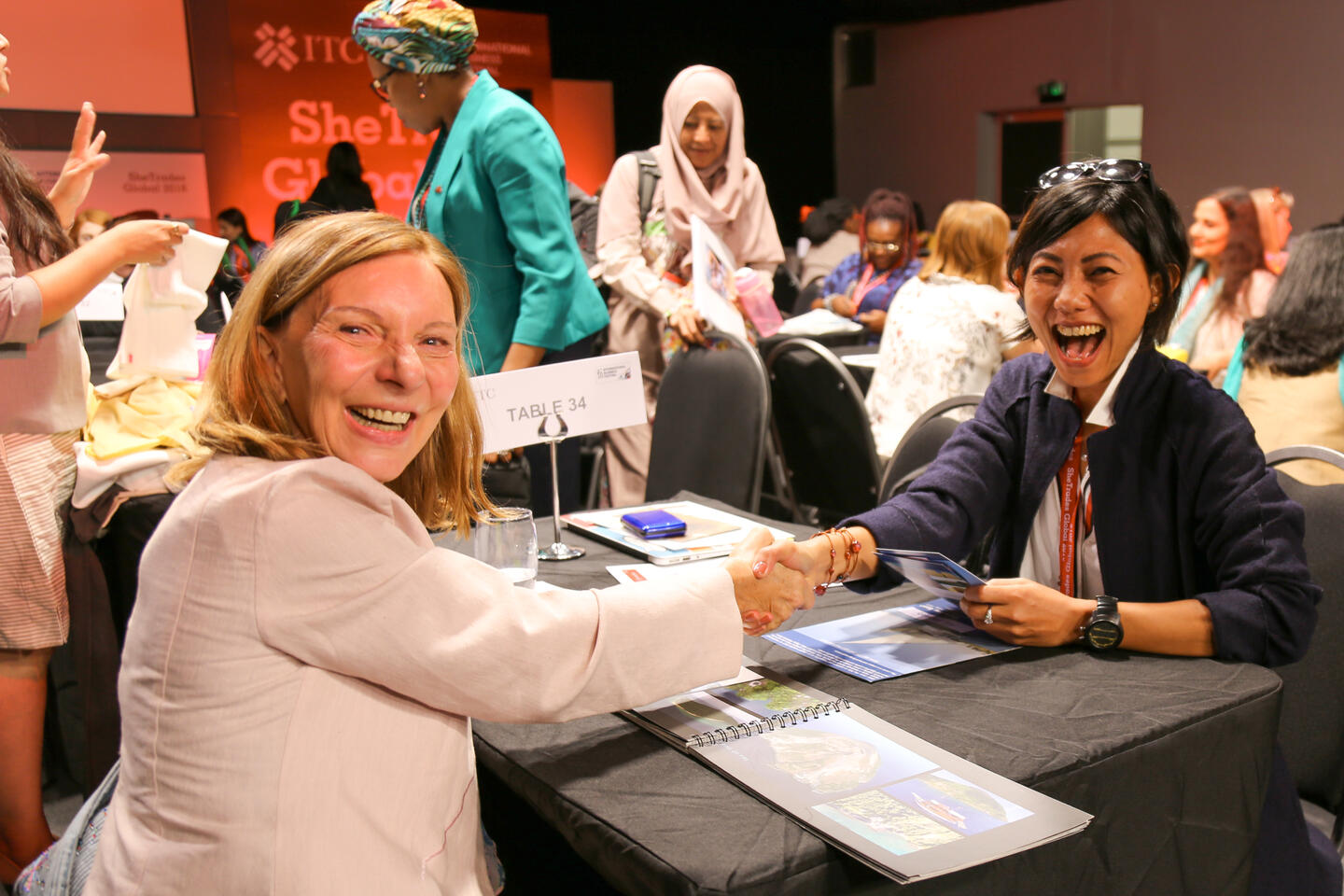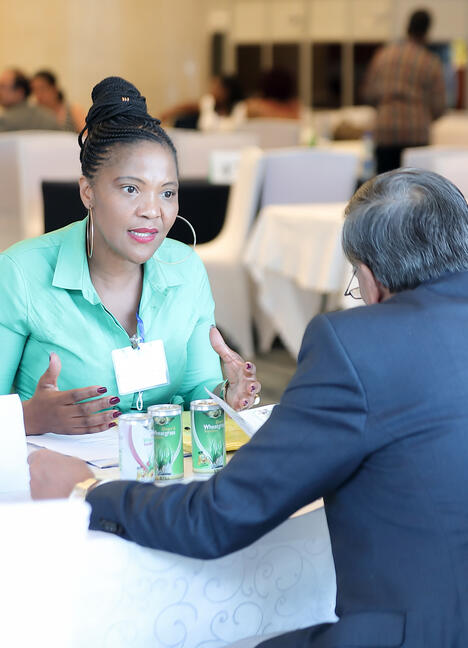
Gender parity and small businesses: What role for the Trade Agenda?
Women-owned small businesses are still less integrated in international markets than those owned by men.
According to the International Trade Centre’s SME Competitiveness Outlook 2021, small and medium-sized enterprises (SMEs) represent about 90% of firms and account for more than 50% of employment worldwide, with almost 40% of small businesses owned by women.
Despite consistently participating in international trade, women-owned small businesses are still less integrated in international markets than those owned by men.
Why is this so?
Two main barriers for women’s integration in trade Overall, we can identify two main barriers for the integration of women-led small businesses in international trade:
1. Regulatory barriers
When it comes to starting a business or entering the marketplace, women face discrimination when implementing the relevant rules, according to the World Bank’s ‘Women, Business and the Law 2021’ report: women benefit from only three-quarters of the rights of men (across the 190 countries surveyed).
This is mostly evident in the Middle East and North Africa, where, for example, women often need permission from a male guardian to be able to register a business.
Nevertheless, women also suffer discrimination in most developed countries – suffice to recall that for example, in Switzerland, it has been barely 35 years since married women were first allowed to open bank accounts without their husbands’ consent.
2. Social and cultural barriers
Social and cultural biases may affect women’s participation in the economy in both developing and developed countries. For example, research conducted in 2019 by HSBC Private Banking among women entrepreneurs across eight countries in North America, the Middle East, Europe and Asia, found that more than one-third of women have experienced gender bias while conducting their businesses.
In the same vein, a 2019 study by Prof. Mabel Abraham from the Columbia Business School highlighted male leaders being generally preferred over female ones.
Finally, as shown in a 2020 policy brief by the United Nations Secretary-General, the situation has worsened during the COVID 19 pandemic, especially in developing countries.

How can international trade help to fill these gaps?
Regulatory barriers can be avoided through appropriate regulatory measures – and their correct implementation can help, in turn, to overcome social and cultural barriers.
In this respect, progressively including gender equality provisions in free trade agreements increases political commitment and provides a possible regulatory ground for financial decisions when implementing gender-related programmes.
Interestingly, a few regional free trade agreements already include specific reference to promoting women-owned small businesses, as the United States-Mexico-Canada Agreement reflects. This new agreement expressively calls for increased cooperation on “activities to promote SMEs owned by under-represented groups, including women” (Article 25.2).
Moreover, in the African Continental Free Trade Area Agreement, parties have agreed to “mobilize resources, in collaboration with development partners […] with a view to […] improving the export capacity […of] small and medium sized, women and youth service suppliers” (Article 27), while the COMESA Treaty outlines that parties commit to “promote special programmes for women in small and medium-sized enterprises” (Article 155).
Therefore, trade policies could play a significant role in defining, for example, access to credit for small enterprises or providing technical training for women entrepreneurs, which would reflect a comprehensive and inclusive approach to achieving gender parity.







